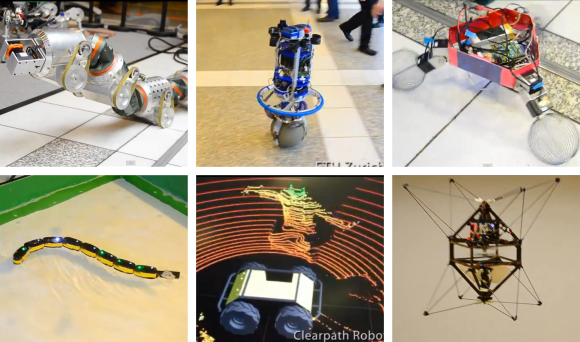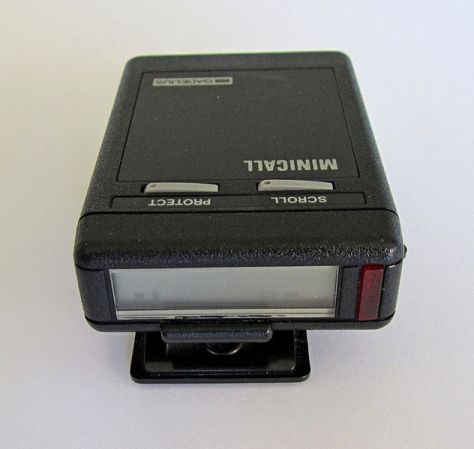
A handful of 3D printed parts, some brushless motors, and a bit of control hardware add a flair of cinematography to this quadcopter.
[Sean] sent in a tip about his work after seeing yesterday’s feature of a brushless gimbal being used to improve image stability with a shoulder mounted camera. That rig was designed to be used with a quadcopter, and this hacks shows why. It’s obvious from the demo footage that the gimbal — which is mounted directly to the frame of the TBS Discovery quadcopter — does a great job of keeping the image steady. The panning and tilting in directions contrary to the physics of flight make for a much more interesting video experience. Watch the inset video which is a live feed from the aircraft to the pilot. As the quadcopter makes very sharp banking turns you wouldn’t even be able to tell the pitch or roll have changed in the HQ version.
You can see a pair of images detailing the 3D printed parts and the assembled gimbal below.
Continue reading “Brushless Gimbal 3D Printed And Bolted To Quadcopter”















